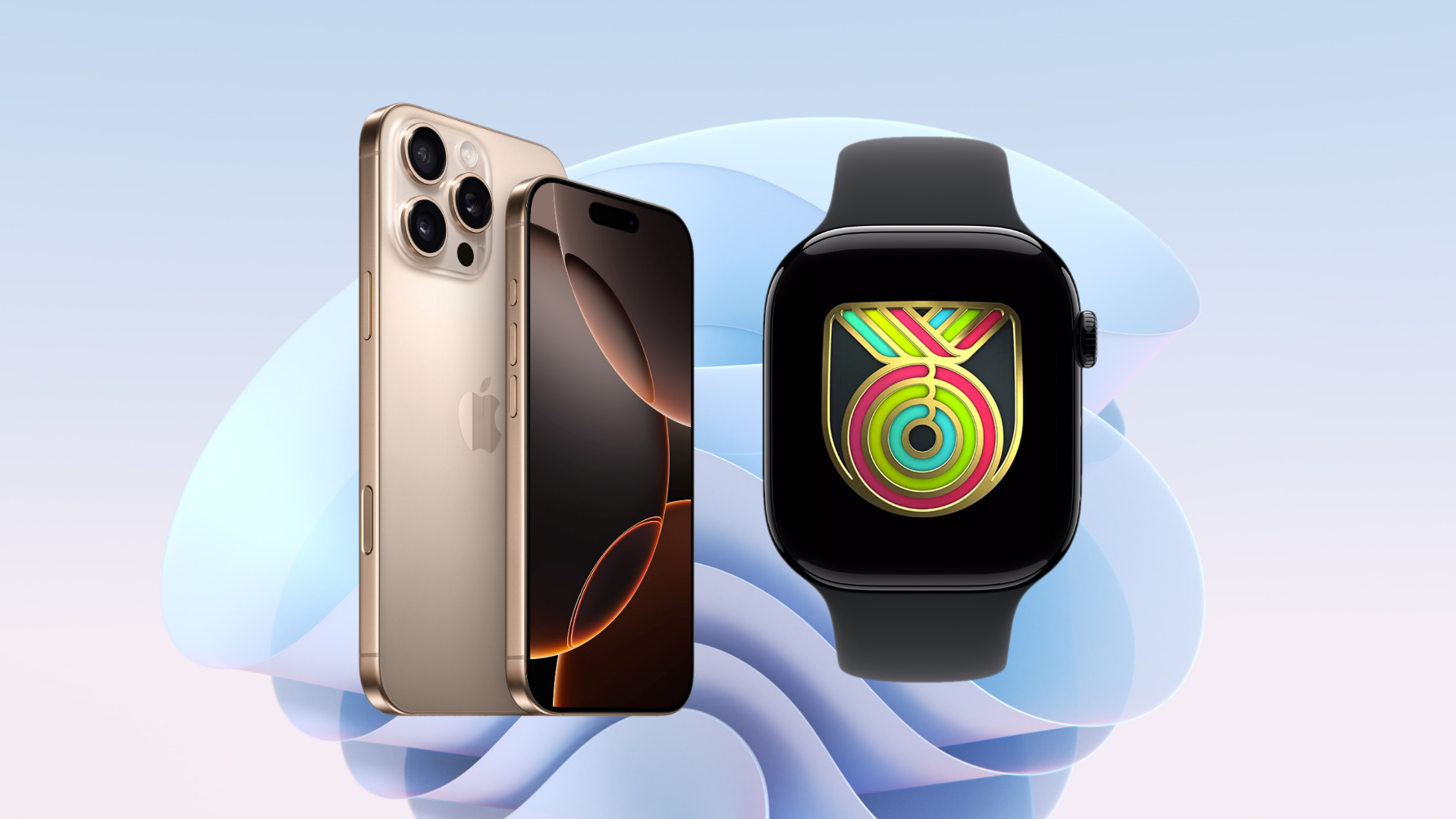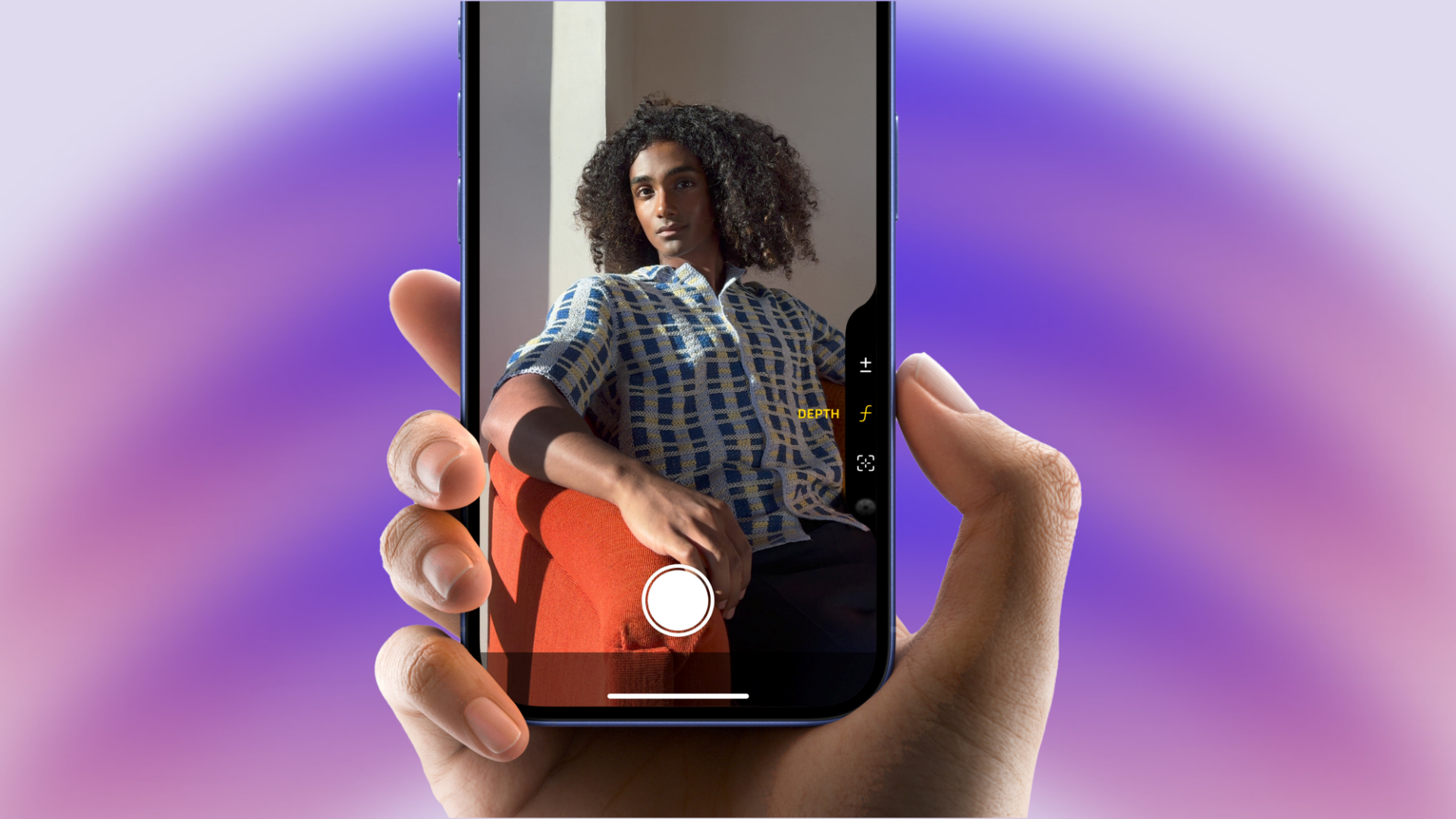Leaks indicate upcoming Apple devices may feature haptic buttons for enhanced durability. Read all about this potential major development.

It appears that Apple is planning to add haptic or solid-state buttons to its future products. Among these products, we expect Apple to include the iPhone, iPad, and Apple Watch. This potential update follows the same system as MacBook trackpads, which make clicks by vibrating instead of moving parts.
However, there are a lot of questions that need to be answered regarding this topic. How do the haptic buttons work? When can you expect to see them on the Apple products? We aim to answer those very questions in this post. Let’s dive right in.
What Are Haptic Buttons?
Haptic buttons are different from mechanical buttons. The main difference stems from their use of vibration to feel as if you have clicked without including any moving pieces. Because there is no physical movement, the approach should improve the product’s durability.
Apple's Haptic Button for iPhone
— Apple Club (@applesclubs) May 30, 2025
Apple is reportedly continuing development of solid-state haptic buttons for iPhones, iPads, and Apple Watches, despite previous reports of cancellation.
The project, codenamed "Project Bongo," aims to replace mechanical buttons with haptic… pic.twitter.com/H9B8sw4NiW
Developers might also find it helpful to adjust the force feedback which could be useful for different design needs. This feature could follow the same mechanic for haptic feedback where you can adjust the amount of feedback and the tone you prefer.
Timeline and Device Integration
According to reports by Setsuna Digital, Apple may incorporate haptic buttons into several of its products. If we trust the current indicators, the iPhone 17 series and the latest Apple Watch may not include these buttons.

It will be possibly introduced on devices scheduled for later launches such as those expected in 2026. A few hints of their tests can be found in the partially haptic Camera Control button on the iPhone 16. This hint suggests a slow shift towards fully solid-state parts.
Potential Impact and Future Developments
If Apple adds haptic buttons, it could change how users feel about their devices. Adding the ability to adjust responsiveness would help create a personalized user interface that doesn’t affect the product’s dependability. Starting with a mix of haptics and buttons, as seen now and gradually adding more haptics in later models gives Apple time to ensure the technology is well-developed.
Even though there are leaks about Apple’s haptic button trials, moving to a fully solid-state design is likely to take some time. As Apple explores this technology, people in the industry and users will be looking for more updates from the company. With time, haptic buttons might be a step toward introducing new features like a display covering the whole device and having no ports.
We provide the latest news and “How To’s” for Tech content. Meanwhile, you can check out the following articles related to PC GPUs, CPU and GPU comparisons, mobile phones, and more:
- 5 Best Air Coolers for CPUs in 2025
- ASUS TUF Gaming F16 Release Date, Specifications, Price, and More
- iPhone 16e vs iPhone SE (3rd Gen): Which One To Buy in 2025?
- Powerbeats Pro 2 vs AirPods Pro 2: Which One To Get in 2025
- RTX 5070 Ti vs. RTX 4070 Super: Specs, Price and More Compared
- Windows 11: How To Disable Lock Screen Widgets
 Reddit
Reddit
 Email
Email


